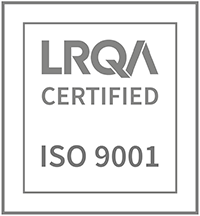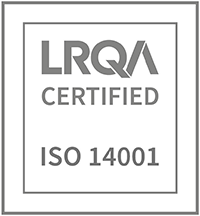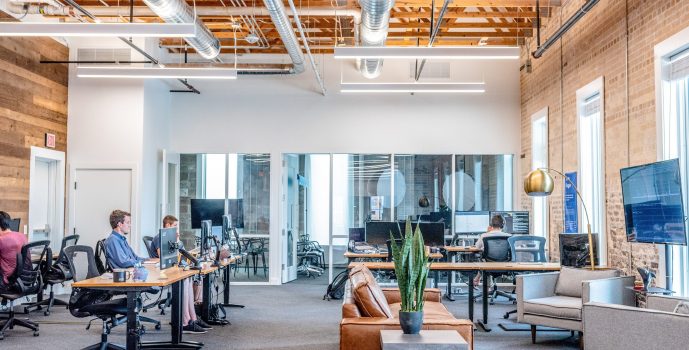Sustainability has become somewhat of a hot topic in recent years, with businesses and individuals making changes — large and small — to explore more environmentally-friendly practices.
And, as workforces all over the globe make the transition to operating from HQ once again, many business leaders will be exploring ways to make the office more earth-conscious, with the added bonuses of saving money, engaging the team, and improving quality output in the process.
So, to give you a head start, here are some of our top tips for creating a more sustainable workspace…
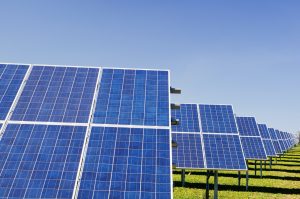
- Embrace renewables
Exploring greener power sources, such as wind and solar is a huge step forward in becoming more environmentally friendly.
Installing photovoltaic panels or turbines is an option, or alternatively, you can request a green energy plan from your existing supplier — you may even find that the prices are significantly lower than the traditional coal or gas options.

- Go local
Where possible, make sure you’re ordering your building products from local suppliers to reduce the impact of transport and your carbon footprint, while at the same time supporting local businesses and the economy.
Thinking about sustainable development also means focusing on local craftmanship — not only does this reduce your environmental impact, it increases the input of local businesses, which will lead to becoming sustainable and competitive!
Shopping around for the greenest materials will also help you to maximize energy efficiency while reducing the amount of power required to keep the building running smoothly.
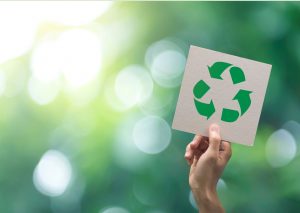
- Reuse and recycle
Reuse: At RBA, we have had a lot of opportunities to renovate existing buildings, before creating a brand-new structure, we must think about the built environment and how we could adapt it to the client’s current — and future — needs.
Reduce: If you can, try to decrease the amount of waste created in the building phase of the project, reducing demand for new resources, cutting costs for transportation and manufacture of new goods, and minimizing the waste sent to landfill.
Recycle: Local building programmes offer the chance to offload your unwanted materials, so you can wrap up a project, guilt free!
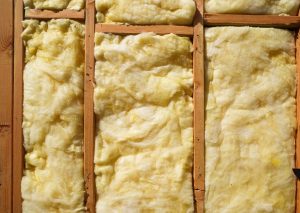
- Smart heating
Put simply, the more insulation used in the walls, roof, and flooring, the greater the amount of retained heat in the space, and, as a result, the more sustainable it will be. Make insulation a priority from the very beginning, as it can be a pricey correction to implement further down the line. But above all, ventilate — a building must be able to breathe.
Before installing an air conditioning system that is costly for both the environment and clients, we at RBA must study thermal solutions to naturally ventilate, aerate, and cool a building.
Guaranteeing summer comfort is a priority when we know that in 2050, Paris will have the same climate as Perpignan, and Toulouse that of Cadiz!

- Use the natural light
Natural light is the best option for healthy eyesight. Making good use of light sources with plenty of windows and roof lights will help to reduce the need for artificial lighting within the space. Double glazing can also boost the structure’s thermal performance, thus eliminating the requirement for additional heat sources.
Click here to find out more about our thoughts on energy efficiency in construction and the steps we can take to build more sustainably in the future.
